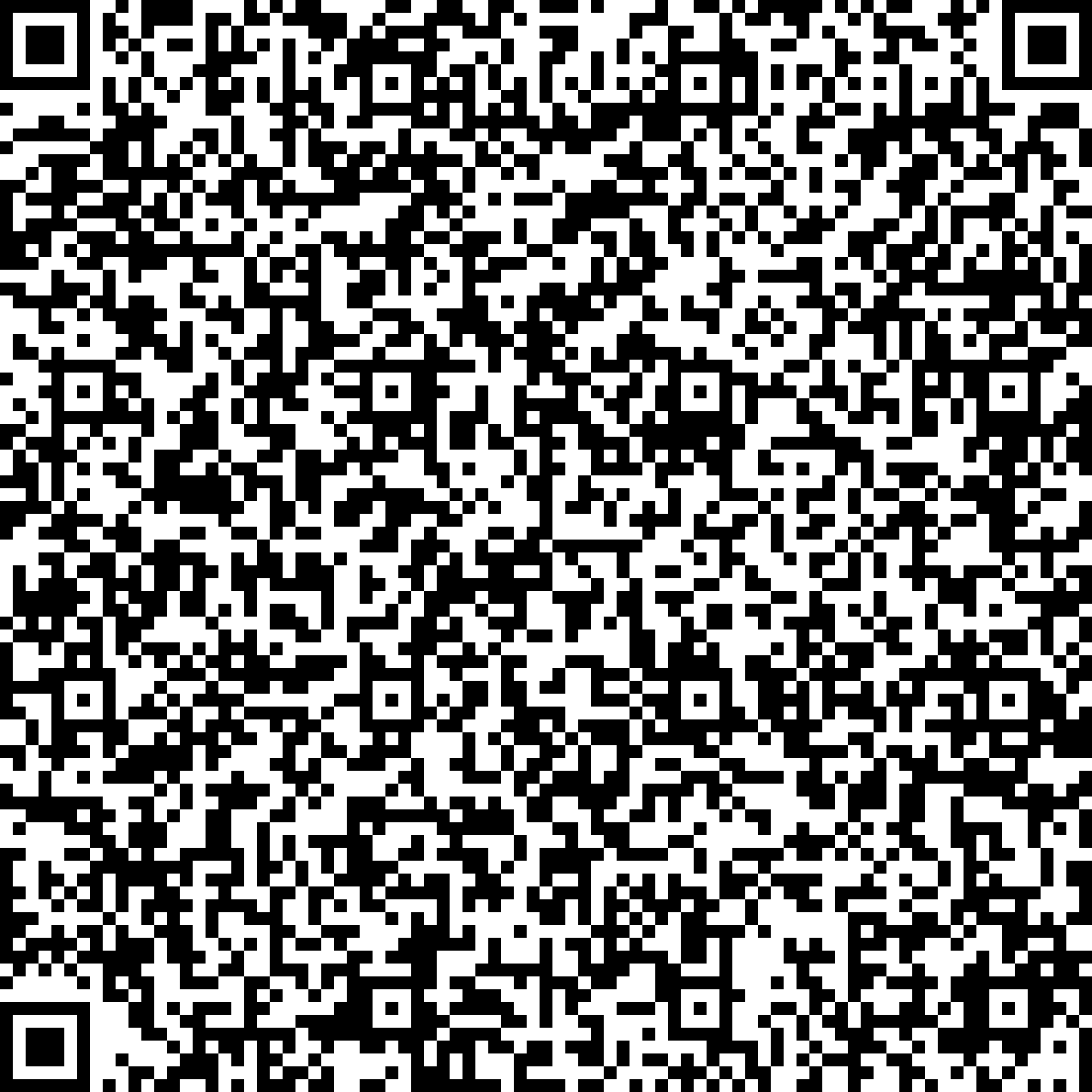


I will discuss the connection between broken parity and the existence of chiral edge states at a generalized zigzag boundary. In agreement with recent STM measurements, the model predicts an asymmetric local density of states. We also find that in a ring the chiral edge states lead to anomalous persistent current exhibiting odd-integer flux quantization at finite temperatures.



I will discuss the connection between broken parity and the existence of chiral edge states at a generalized zigzag boundary. In agreement with recent STM measurements, the model predicts an asymmetric local density of states. We also find that in a ring the chiral edge states lead to anomalous persistent current exhibiting odd-integer flux quantization at finite temperatures.